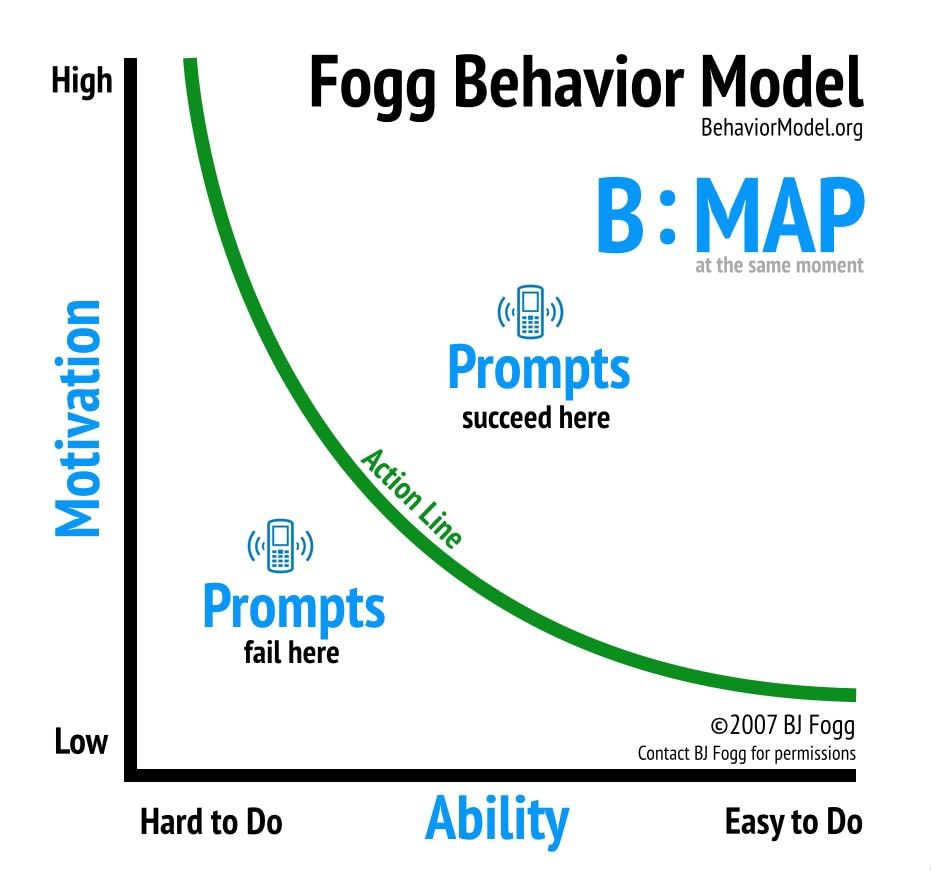Reflecting on 'Show, Don't Tell': Why teaching stakeholders isn't an effective strategy?

As covered by Jared Spool in his last recording: Influencing Stakeholders with a “Show, Don't Tell” Approach, we are keen to think that we must educate our stakeholders on “good” UX and design in general. This is often (but not only) triggered by the realization of misalignment between what we should do to reach that goal and what we are actually allowed to do (by default): I call this the space-for-action barrier.

What generally comes to mind is the idea that we, therefore, need to educate them on the subject matter, so we won't have to explain or justify ourselves to do our work in the future. After all, we are the experts, right? Obviously, there are some flaws in this reasoning:
- the idea that an “equal level of education” will probably reduce the need for explanations, but not for justification;
- a lack of definition of what we really mean by "educate them". Do we want them to become experts? etc.
- a lack of consideration of a major distinction between knowing and acting upon one's knowledge. All knowledge isn't necessarily actionable.
I think what we really aim at here is to raise the collective shared understanding of what it means to conceive a good product, service, or whatever. We don't want them to necessarily know our jargon or the technicalities of our methods & processes as it can be overwhelming at first, but we want them to understand the link between doing X and the potential increase of positive outcomes for the entire project.
So, what is useful to us in our context is precisely to lead our stakeholders in enabling us –not just "us" designers, but everyone working toward the goal– to [increase the potential positive outcomes] for instance. It's a collective effort.
So, what we try to do in actuality is not necessarily an increase in knowledge but a change in behavior (even though the two can correlates). And this makes a major difference in strategy definition.
Looking at Behavioral Science to inform strategy
In my article “Communication For Designers: When communication is conflated with 'sales pitch', this is problematic”, I discuss the difference between access to information and information processing (or sensemaking):
“Communication cannot be reduced to a well designed & purposefully created pitch that comes out of your mouth, directed to an audience’s hears. And adding slides won’t change anything: people are not machines whose brain endlessly receive & stock information.
On a basic level, our brain seeks patterns and tries to make sense of them through surrounding information and past experiences. The newer the information, the more cognitive-load increases, especially if the context as well is different. This helps fixate partial but relevant information (and this is why learning by doing can be so effective). The selection is based on past (but most of the time recent) experiences and informs situational judgement. This process is very much close to a learning process and this is why emotions play a big role here.”
In "Changing People’s Behavior: Awareness Alone Is Not Enough" I explain that an increase in information access doesn't lead to an increase in information processing and even less in a change in behavior.
“[A behavior] does not exist in a vacuum or as an independent unit. Behaviors exist in larger contexts: they are part of a more or less complex systems of interconnected components, with certain boundaries.These systems and boundaries (i.e. cultural) are led by individuals past and current experiences, groups dynamics, etc. All these interconnected components determine the likelihood of people’s behaviors and reactions in a given context.”
I also introduce Dr. BJ Fogg's framework (FBM). Fogg talks about three main factors that must converge at the same moment for a behavior to occur: Motivation, Ability, and a Prompt.

And there are three paths to increasing ability:
- By increasing someone’s skills (a.k.a. training people) therefore giving more ability to perform the target behavior. That’s the “hard path”, because “most people resist learning new things”.
- By giving someone the tool or resource to make the behavior easier to perform. For example, a cookbook makes cooking at home easier to do.
- By scaling back the target behavior to make it easier to achieve, in smaller baby-steps.
Context change for mindset change
Building upon this development and coming back to the knowing/acting issue, I also want to develop a bit a misunderstood concept: mindset change. As I said, all knowledge isn't necessarily actionable (e.g. We know about climate change for more than 50 years). Mindsets are by definition hard to change, especially if we bring a very different mindset, which unconsciously creates an opposition.
But mindsets are not fixed and rigid, they evolve over time: they are influenced by our experiences. Small changes occur everyday, and you don't basically hold exactly the same mindset today as yesterday. We can therefore use this to influence a mindset change.
Applied Complexity: Changing the interactions, not the people
We should understand that what matters here are the interactions, not the individuals. By changing the interactions, and therefore the relationships between the agents of a system (aka the people), you can change how the system behaves.
One thing I try to do is to embed others in the design process as much as I can. When I have ideas I try to co-create a maximum with them, when I do user testing sessions I invite them as observers, etc. This changes their relationship with us, with what we do and how we do it. This creates trust. I also try to make them actors of the process, by enabling them to lead or co-lead workshops, interview sessions, and other activities.
I’m not saying that I’m always good at this, but I try to consistently do it and welcome when others do the same. For them and me, this is a learning experience. And when we have to make difficult decisions, we have prior experiences & shared understanding.
Okay, obviously you cannot involve everyone in everything you do, but by including key people, those who can share and incentives others, into key moments of your process, you can then just bridge the gap in between by letting them know what you are doing & what are the outcomes.

Discussion